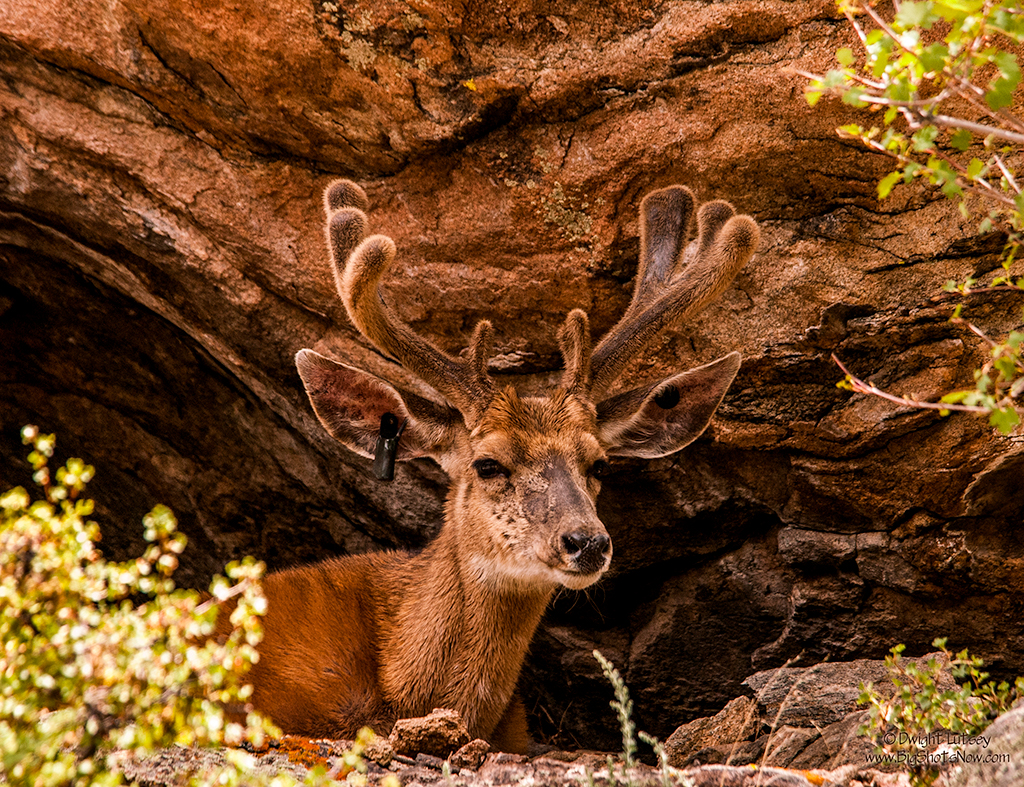
Every Spring The Institute sends one of our roving biologists to Rocky Mountain National Park to see whats new and they usually come back with a report that is fairly dull and boring. I mean how many new species of Chipmunks are you going to find ? None would be the correct answer. Or what about Elk? Any lime green ones this year? No, the correct answer would also be no. As far as the type of animals available in the park that’s going to stay pretty much the same.
So what we have to look for, if we’re going to have anything new at all to report, is changes in behavior. Trends, new styles, interspecies love affairs, technical advancements, etc. And we hit pay dirt right out of the chute. It seems as if the technical advances we’ve seen in the last few years outside of the park’s boundaries have finally caught up with some of our animals in the park. Also some real life style changes that are remarkable when compared to the way these animals have lived for who knows how long, years probably.
If it weren’t for photographic evidence and the fact that this was seen by one of our most dependable and sober researchers we might have dismissed this story out of hand. But as you know by now pictures don’t lie. People writing stories about those pictures might, but the pictures themselves don’t.
We have two, that’s right two, really remarkable things happening here. The first is that many of the Mule deer in the park who are constantly looking for a better life, have taken up living in heretofore unused housing. There is now a sizable number of them occupying the caves that abound in the sides of the mountains here. Yes, difficult as it may be to believe except for some of you more gullible types, we now have a group of cave dwelling Mule deer. They have begun moving into these caves at an incredible rate, actually causing cave prices to double in just the last year and a half. Low interest rates have played a part in this cave dwelling boom but the fact that they are now occupying caves at all is the real story.
The other amazing story is the adoption of wearable technology. This trendy young male, or buck, as the ladies like to call him, is seen wearing the newest Sony TrotMan mp3 player, radio and personal location device. This is actually the latest version (2.0) of this newly offered Animal Media delivery device on the market. Besides being able to pick up K103.5, the Mulie Music station of the Rockies, or K-Buck as it’s known throughout the park, he can receive weather reports, updates on the next hunting season, Oldies but Goodies, there’s even a swap meet show every Saturday morning and tips on where is the best recycling place to shed his antlers in the spring, and with the optional blue-tooth speaker you see mounted in his other ear, everything is incredibly clear so he can hear every word and sing along with his favorite artist. This is all in stereophonic hi-fi, and of course advertising free FM.
In speaking with park officials, those that would agree to make any kind of statement at all that is, actually no one officially employed by the Park Service or any of its subsidiaries would agree to make a comment, mostly they just rolled up their windows and drove away, but this guy that hangs around the trash cans at Horseshoe Meadow said that from what he heard, this is a test program being conducted at Rocky Mountain National Park and if it goes well and they get the subscription numbers they’re looking for, this program will likely Spread to Yellowstone, Bryce and Zion, and any other park that has a sizable number of Mule deer.
As always we want to make you aware of the latest stories and unusual news coming out of the wildlife world. We’re justifiably proud to be the first to bring you this latest breaking story and want to remind you that The Institute is always on the lookout for the those news events that keep you abreast and informed, so that when you relate this story to your coworkers around the water cooler you’ll sound as intelligent as any one else there. Check in with us often so you are always are up to date with the most intriguing news available. Remember We’re The Institute and we’re here to help.

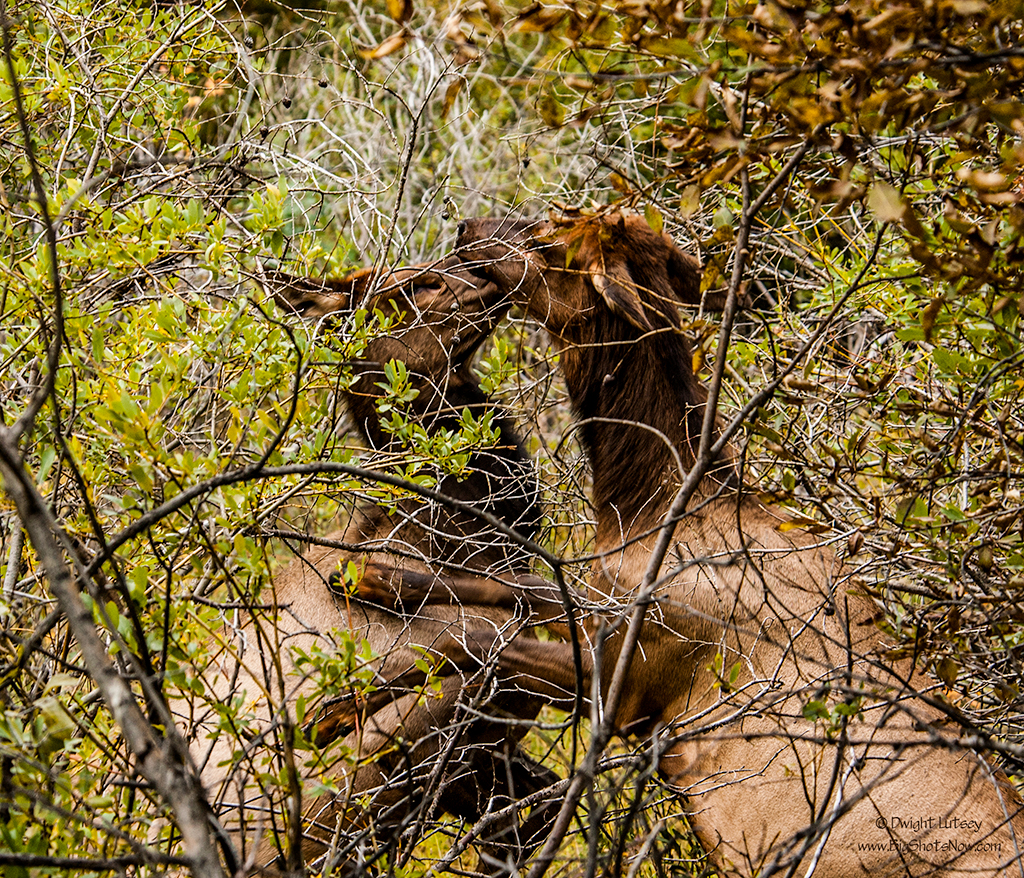
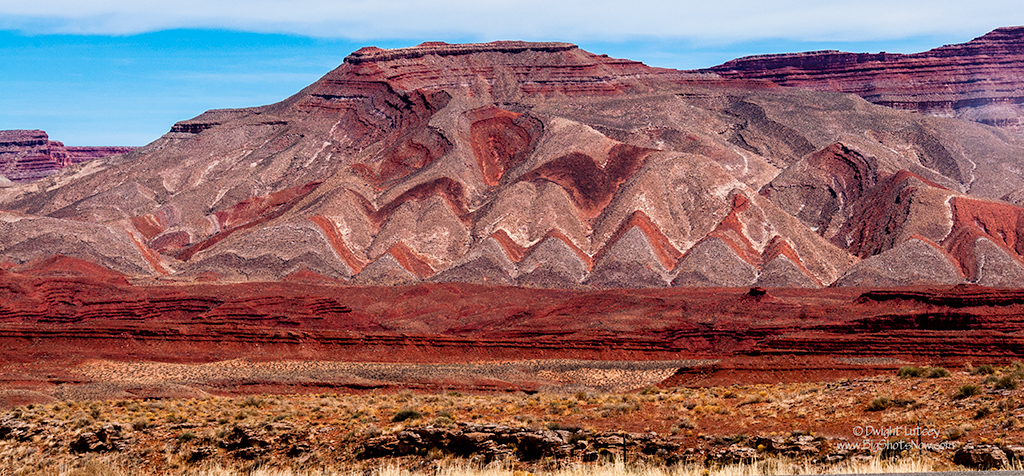
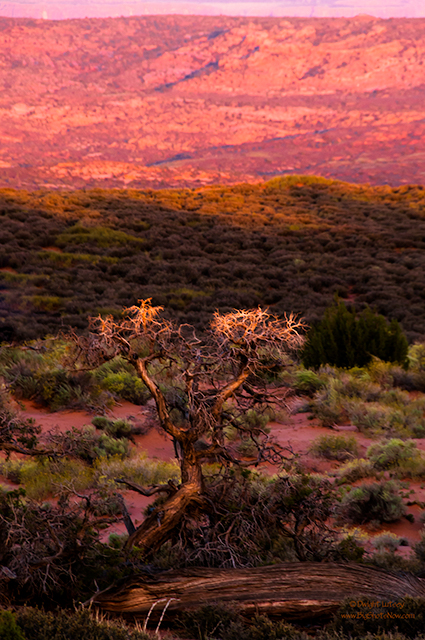
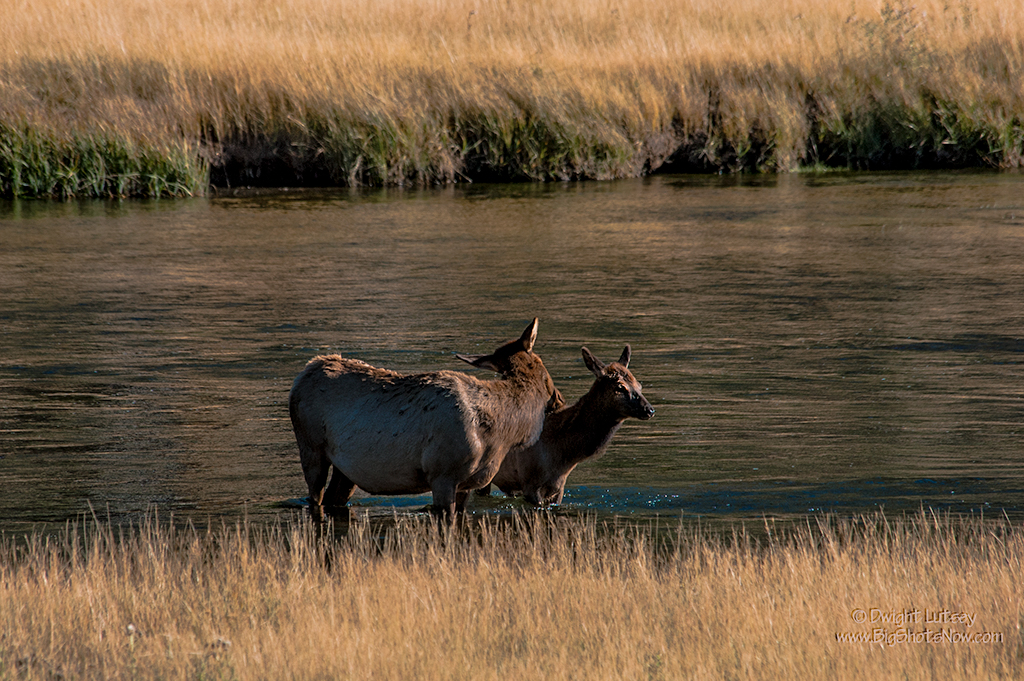
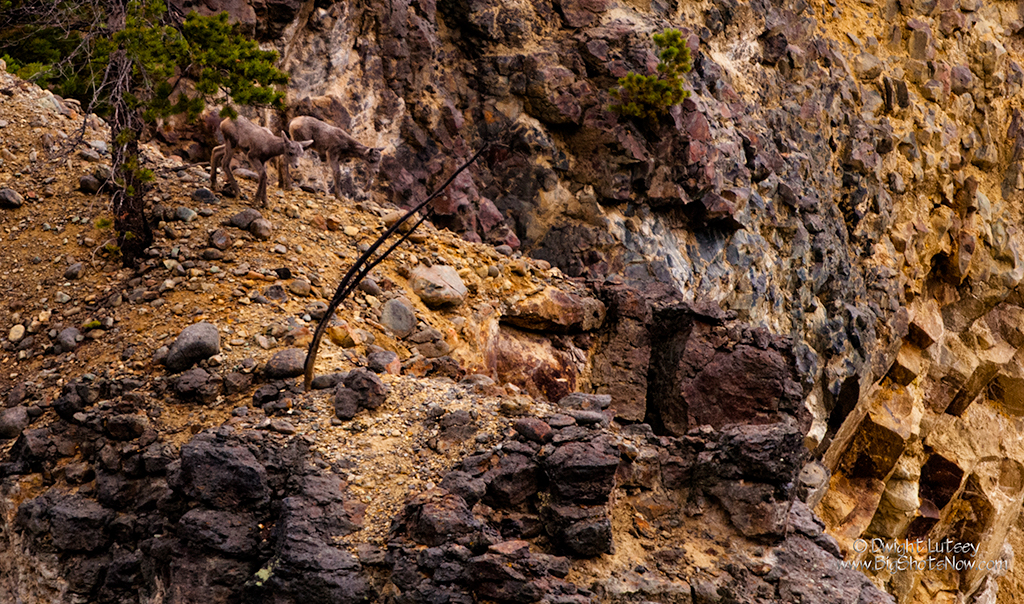
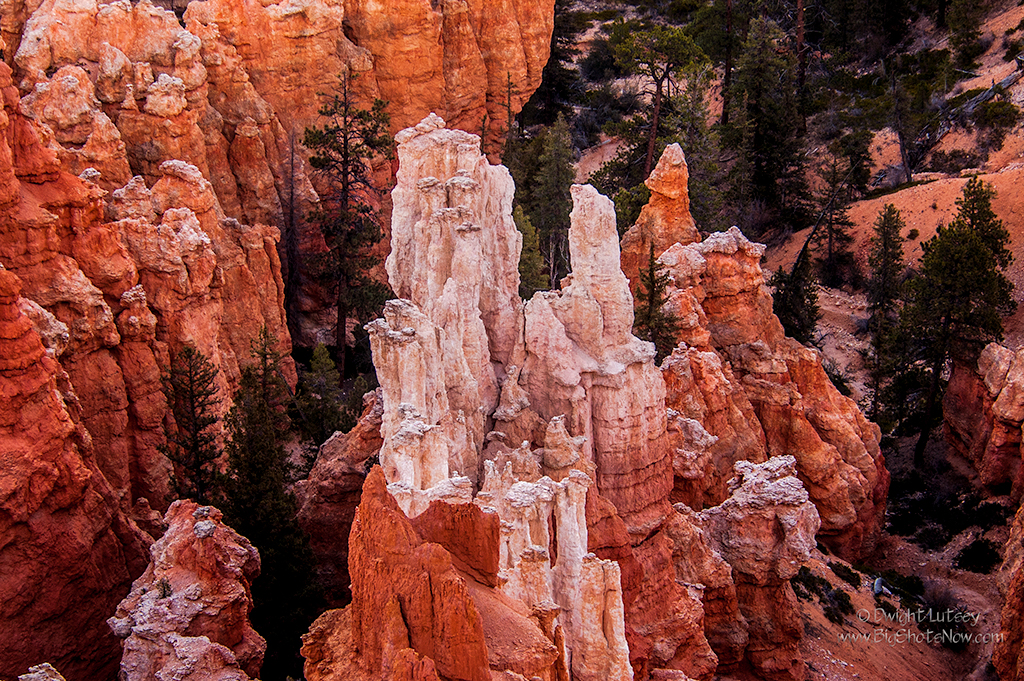
You must be logged in to post a comment.